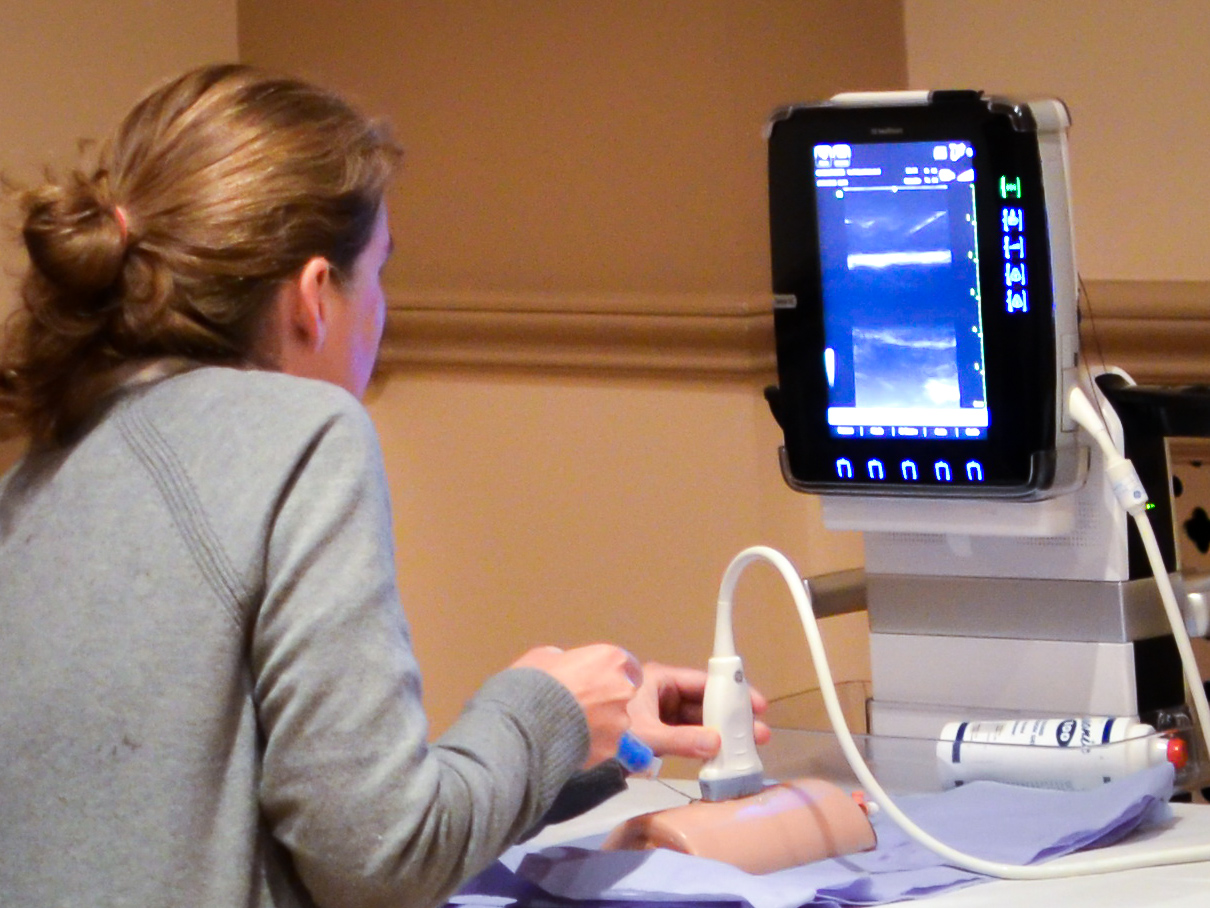Emergency ultrasound, or EUS, is highly in demand due to the myriad of sudden health issues the elderly, as well as the youth of this generation, are facing. Several institutes offer a dedicated emergency ultrasound course to prepare healthcare professionals for this demand. The problem is that people don’t know what to expect from these courses. This guide will help bring some clarity to those seeking information on this course.
Who Can Enroll in the Course?
The EUS course is open to emergency physicians and their assistants, nurses, first responders, and, in some cases, general physicians too.
Applications for EUS
EUS is very useful and crucial in some urgent diagnoses. Traditionally, it is used in the fields of:
- Focused Assessment with Sonography for Trauma Examination
- Emergency echocardiography
- Pregnancy
- Abdominal aortic aneurysms
- Renal ultrasound
- Hepatobiliary ultrasound
The application of EUS has extended to the fields of:
- Thoracic ultrasound
- Ocular ultrasound
- Musculoskeletal ultrasound
- Deep vein thrombosis
- Procedural ultrasound
These are the major clinical applications of EUS. The scope of the EUS is still expanding. Getting officially certified to perform EUS is definitely going to pay off.
What to Expect from the Course?
Each institute has its own unique curriculum in EUS. There is a pattern to good courses that prove effective in training. Here are some features of a useful course in the EUS.
- The course typically starts with lectures in theory. It helps bring every participant to the same level even if some of them have zero prior knowledge about EUS.
- This is followed by case studies that help give a clearer idea.
- After this, a brief chapter in knobology is offered to familiarize every participant with ultrasound machines.
- Next comes hands-on practice in the lab. This is what enrollers eagerly wait for. This is the real deal. A good institute will spend more hours on this step than the first two.
- A good emergency ultrasound course will offer enough time for participants to practice the implementation and diagnosis on live models.
- In the end, there is a qualifying exam comprising questions in theory to evaluate the understanding and a practical test to evaluate efficiency.
Participants who go through all these steps successfully are certified and considered ready to perform EUS on real people.
Topics Covered in a Standard EUS Course
Knowing the key topics can help potential participants make up their minds about the course. It offers clarity that can help people make an informed decision. These are common topics taught in a standard EUS course.
- Ultrasound Physics
- Knobology
- USG guided IV access
- FAST
- PoCUS Clinical Governance
- ELS
- FICB
- AAA
- eFAST
Emergency physicians are familiar with these terms. This course will only deepen their understanding.
The Approach to Popular EUS Courses
The approach to the study of EUS in a standard institute involves the following:
- Handheld ultrasound devices
- Advanced ultrasound simulators for a realistic training experience
- Consistent guidance from industry experts
- Special case considerations like pregnancy and catheter involvement
These facilities will help participants grasp the introductory and intermediate levels of EUS.
Conclusion
Enthusiastic scholars looking for an emergency ultrasound course must verify the details of the course they are enrolling in. Using this guide as a reference will be helpful.





